Ruse, located in the northernmost part of Bulgaria, connects with Romania via the Danube Bridge. It is an important hub for land and water transportation and a key international trade port. The city holds the remains of a famous medieval fortress, reflecting its long and storied history.
Research suggests that Ruse originated from a settlement formed by a Neolithic tribe. During Roman rule, a fort and trading town were established here, named Sexaginta Prista, meaning “Port Town of Sixty Ships.” At that time, the settlement was considered large and quickly became a key center along the Danube. The port also grew into a major commercial hub for the Balkan region.
In the 6th century, Slavs and Bulgarians gradually settled in the area, leading to rapid development. During the Middle Ages, it became an essential Byzantine fortress. However, in the 14th century, the Ottoman Empire invaded, renaming the town Rusçuk. Over the next 500 years, the area saw continuous conflict and bloodshed, becoming a battleground for competing powers. After the 1878 Russo-Turkish War, with Bulgarians supporting the Russians, Ruse was officially integrated into Bulgaria.


Monument of Liberty
Located in the city center, the Monument of Liberty is the most iconic landmark of Ruse. Built to commemorate the victory in war and national independence, the monument symbolizes freedom and liberation, and its image has become part of the city’s coat of arms. Designed by Italian sculptor Arnoldo Zocchi, the monument was completed in the early 20th century. The monument and the surrounding green space form a beautiful urban garden with various flowers, trees, and fountains, making it a must-visit spot for tourists.
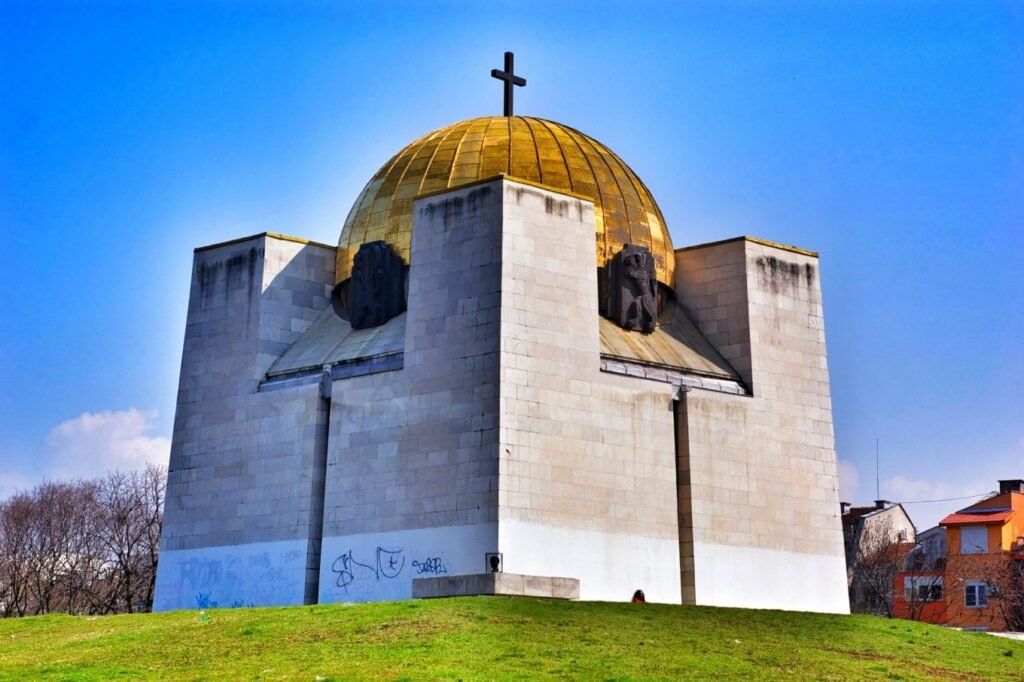

Pantheon of National Revival Heroes
The Pantheon of National Revival Heroes, also known as the National Ossuary Memorial, was established to honor the martyrs who sacrificed their lives resisting the Ottoman Empire. It houses the remains of 39 renowned Bulgarian national heroes, some of whom were among the 453 heroes of Botev’s April Uprising against Turkish rule. The Pantheon was constructed in 1977 during the rule of the Bulgarian Communist Party, on the site of the former “All Saints” Church. After the fall of the communist regime, there was public demand to restore the original church. Following extensive discussions, a Christian cross was added to the Pantheon’s dome in 2001, resolving the issue satisfactorily.
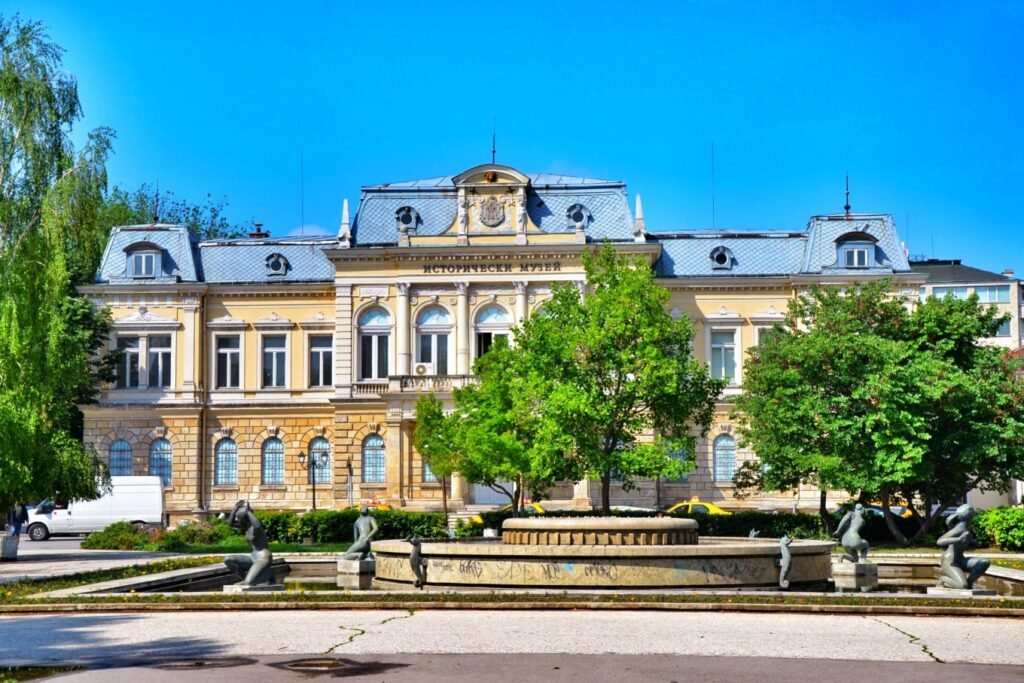

Regional Historical Museum of Ruse
Ticket price: 5 BGN
The Regional Historical Museum of Ruse was founded in 1904, based on the archaeological collections of explorers Karel and Hermann Škorpil, and naturalist Vasil Kovachev. The museum now holds approximately 140,000 items, including valuable prehistoric pottery, metal ritual vessels, medieval frescoes, and various artifacts reflecting local traditions, such as costumes, ceramics, glass, and silverware. The collection also includes Chinese artifacts. It is one of Bulgaria’s eleven regional historical museums, with exhibitions covering the history of Ruse, Razgrad, and Silistra.
The museum building was originally the Battenberg Palace, constructed between 1879 and 1882 by architect Friedrich Grünanger. At one point, it also served as a regional courthouse.

Drama Theatre & Sava Ognyanov
This theater is located within the Sava Ognyanov apartment building, a historic hybrid classical-style structure designed by Viennese architect Peter Paul Brang in 1902. The building houses a theater, shops, a casino, and a library, making it one of the iconic landmarks of Ruse.
During the socialist period, it served as the artistic hub of Ruse and the cultural center for the Zora community. After a period of closure for renovation starting in the 1980s, the theater finally reopened to the public in 2005.
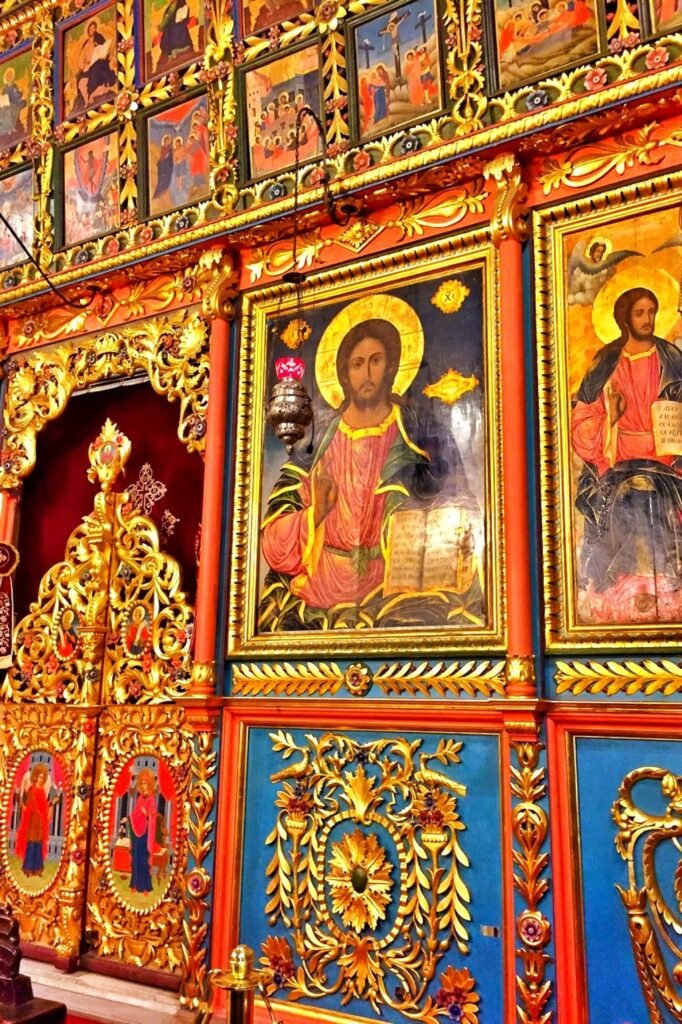

Cathedral “Holy Trinity”
The Holy Trinity Cathedral is a beautiful old church and one of the most important Christian churches in the Ruse region. From the outside, it appears relatively small, but upon entering the courtyard and stepping inside, the interior reveals itself to be both tall and spacious.
The church’s decorations, as well as the arrangement of chairs and other furnishings, are exquisite. The large altar adds a sense of grandeur and awe. Four archbishops of Ruse are also buried within this church.

Podul Prieteniei Giurgiu-Ruse (Giurgiu-Ruse Friendship Bridge)
Toll: 2 EUR
The Giurgiu-Ruse Friendship Bridge is a steel structure spanning the Danube River, connecting Bulgaria and Romania. On one side is the Bulgarian city of Ruse, and on the other, the Romanian city of Giurgiu.
There are only two bridges linking the two countries across the Danube. Apart from this bridge, the other one is the New Europe Bridge between Vidin (Bulgaria) and Calafat (Romania).
During the socialist era, this bridge was called the “Friendship Bridge,” but after political changes, the formalities were discarded, and it was simply renamed the “Danube Bridge.”

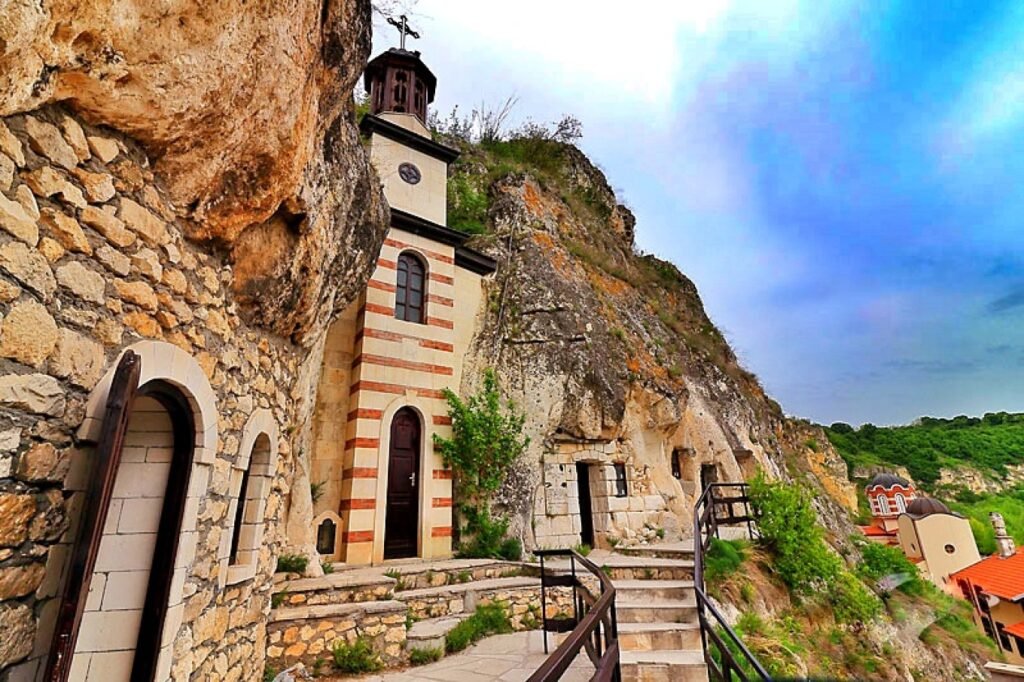
Basarbovo Monastery
Entrance Fee: 4 BGN
Basarbovo Monastery is located in a cave within the village of Basarbovo, south of the Danube River near Ruse. It was founded during the time of the Second Bulgarian Empire and is also known as the Saint Dimitar Basarbowski Monastery.
This name honors Saint Dimitar Basarbowski, who lived an ascetic life in the cave of the monastery. After his death in 1685, he was buried in the church on site. According to legend, when his relics were transferred to Russia and passed through Romania, they miraculously stopped a plague outbreak. Today, his relics are still preserved in the Church of Saints Constantine and Helena in Bucharest.


Rock-Hewn Churches of Ivanovo
The Rock-Hewn Churches of Ivanovo are the most renowned cultural landmarks in the Ruse region, located 22 kilometers south of Ruse in the village of Ivanovo. The site consists of rock-hewn churches, chapels, monasteries, and caves.
The churches were carved by the first hermits who settled here in the 12th century. Inside the churches, well-preserved frescoes from the 14th century display the artistic and cultural achievements of that period. This site was designated a UNESCO World Heritage Site in 1979.


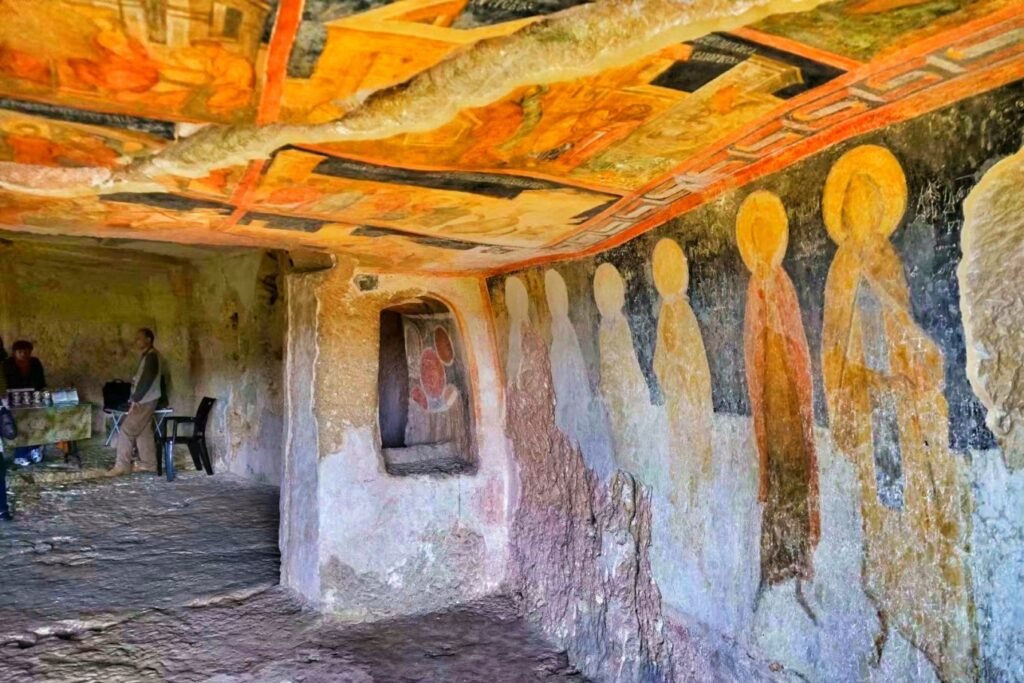
Ivanovo Monastery
The Ivanovo Monastery is the centerpiece of the Rock-Hewn Churches of Ivanovo. Within this small cave, three distinct rooms have been carved out. The walls are adorned with frescoes that vividly convey the monastery’s historical significance and artistic value.


